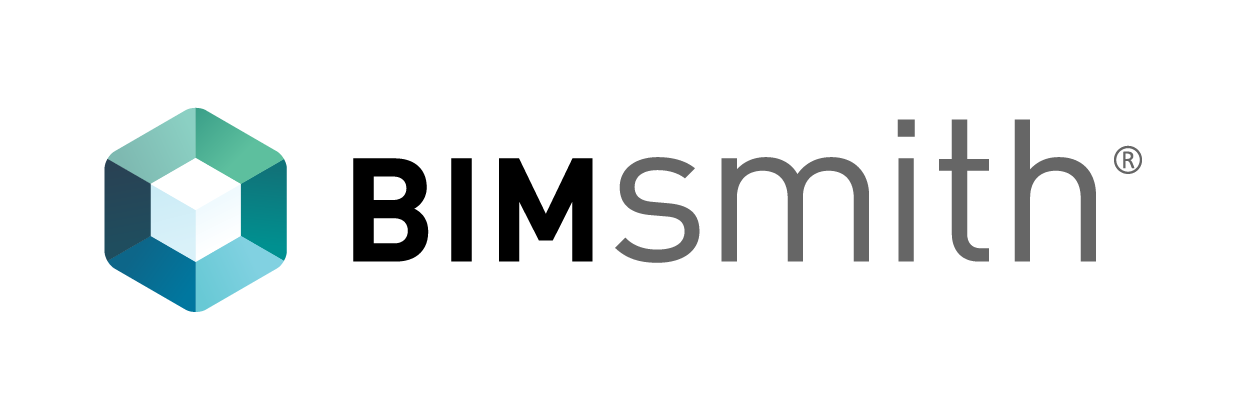
Generally, projects may have designers using several platforms and may be analysed by contractors, quantity surveyors and facilities managers using different platforms, making it vital to have interoperability.Īn offshoot of the UK’s National Building Specification, NBS is a cloud-based specification system, which has developed a free tool to help sort and filter BIM objects from extensively stocked libraries. They can be provided in open exchange, platform-neutral formats, such as IFC (Industry Foundation Classes) files. These BIM objects are available in a range of file formats and can be used in software, such as Revit Architecture, Bentley AECOsim, Nemetscheck Vectorworks and Graphisoft ArchiCAD.

Designers will have their own libraries of BIM objects to add to those downloaded from library sites, and a manufacturer’s BIM object will contain detailed product data, according to relevant standards. A BIM object has detailed information that defines a product and geometry representing that product’s physical characteristics.īIM objects are found in library sites, such as the NBS National BIM Library, where the objects are compatible across platforms. Though the onus is on users to update their BIM libraries, component manufacturers can help them along by providing BIM objects that can be used in Revit 3D modelling.Ī BIM library typically has an extensive database of generic and manufacturer BIM objects, including building fabric systems, mechanical and electrical objects, which can be accessed by users.

Residential design drawings now can be created using Building Information Modelling (BIM), a paradigm-shifting technology that has more than a few aces up its sleeve, or more to the point, uses certain BIM objects up in its BIM libraries. Libraries have transformed from a quiet haven filled with seemingly endless shelves of books to a virtual environment necessary for modern construction. Kuldeep Bwail Onus on Users, but Component Manufacturers Can Help Update BIM Libraries


 0 kommentar(er)
0 kommentar(er)
